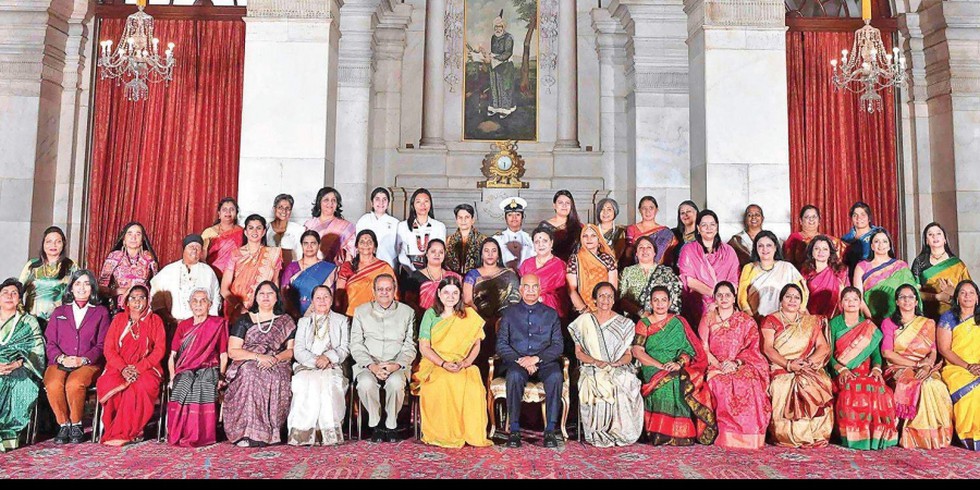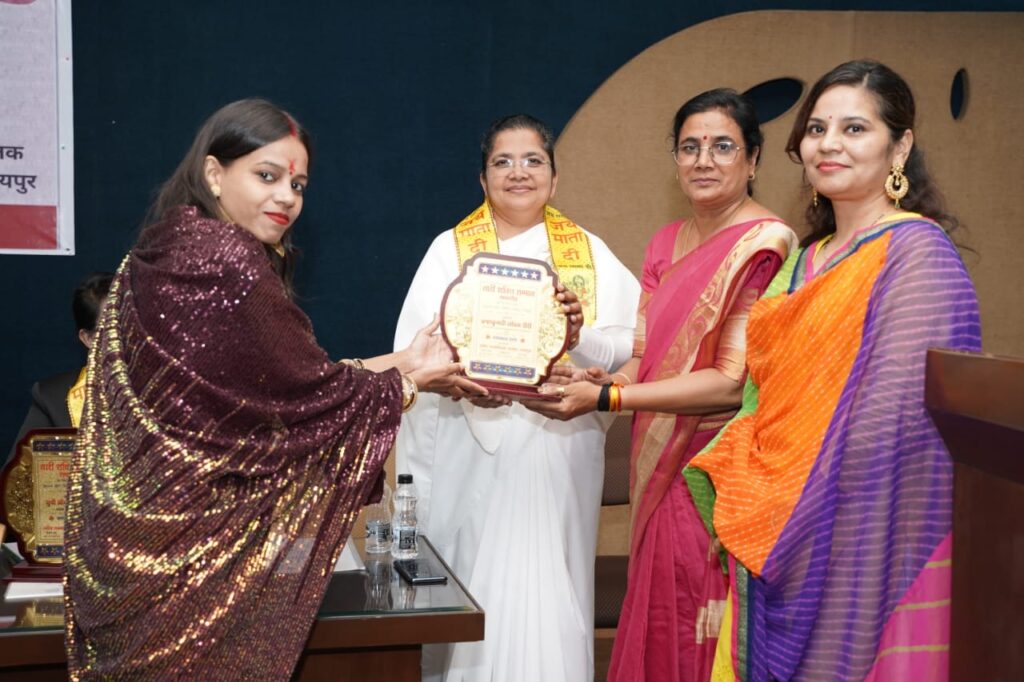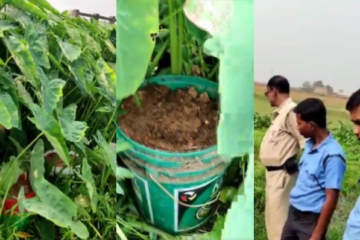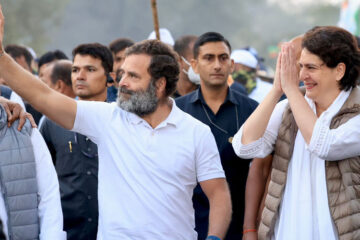West Vidarbha has 171 nominees, but only 9 percent of them are women. Nari Shakti needs more power, Anusuyabai Kale was chosen as Nagpur’s first MP in 1952 and again in 1957. In 1999, Prabha Rao, a senior Congress politician who died that year, was chosen as an MP from Wardha. Right now, Rana is the only MP who is still in office in all 10 of Vidarbha’s Lok Sabha seats. Nomination forms for Western Vidarbha seats will be looked over on April 5, and withdrawn forms can only be sent in until April 9.”Women’s right to vote is necessary for their empowerment,” say political experts. It’s interesting that Vidarbha has a long history of sending women to the Lok Sabha.

Nari Shakti does not have enough power:
Nagpur : Almost half of all voters in the country are women, which gives people hope that more women will vote in the next election. However, only 16 (9%) of the 171 candidates who have filed for the five Lok Sabha seats in western Vidarbha are women. The second part of voting will happen on April 26. The seats are Akola, Yavatmal-Washim, Wardha, and Yavatmal-Washim. Thursday was the last day to send in names for the second round. In Amravati and Yavatmal, only two women will run for office for the big parties. Political experts say that the fact that there aren’t many women at the country’s biggest democratic event is a step backward, especially since all of the major political parties backed the Women’s Reservation Bill that was passed in Parliament last year.
The following items were also just released:
Navneet Rana is running for Amravati as a BJP candidate, and Rajshri Patil is running for Yavatmal-Washim as a Shiv Sena (Shinde group) candidate. On Thursday, Rana and Patil turned in their papers to run for office. There are 49 nominations from people in Amravati, 38 from Yavatmal-Washim, 31 from Wardha, 29 from Buldhana, and 28 from Akola. Six women have filed their election papers in Amravati, making it the state with the most women candidates. Yavatmal and Akola are next, with three women each. Both Wardha and Buldhana got two votes from women. After delimitation, 33% of Lok Sabha and Assembly seats will be set aside for women starting in 2029, thanks to the Women Reservation Bill that was passed. But this year’s elections could have given more women a chance to be involved in the process.
Shinde takes care of Buldhana Sainik and Yavatmal.
Sanjay Gaikwad, a senator from the Sena party, pulls his nomination to back Pratap Jadhav over unspecified problems. In Yavatmal-Washim, drama within the party happens while Bhavna Gawali is hard on the eyes. In Buldhana and Yavatmal-Washim, the Uddhav group is getting ready for a tough political fight.
352 people have filed to run for eight LS seats in Maharashtra. The elections will take place on April 26, 2022.

352 people, including BJP and Congress members, put in their names for Maharashtra’s eight Lok Sabha seats. The state election office will look over the nominations and let people remove their names until April 8. This is before the five-phase voting starts on April 19.
Nari Shakti needs more power :
The 2019 elections brought the third most women to the Lok Sabha from Maharashtra.
724 women ran for office in 2019, and 78 were elected. This was the biggest turnout of women in India’s parliamentary history. More than 60% of the winners were people who had never been an MP before.
More “winnability” than nari shakti?
At the state level elections coming up, only 13% of the BJP’s candidates are women.
Next month, elections are planned for Telangana, Mizoram, Rajasthan, Chhattisgarh, and MP. The BJP, which passed the law that gives women more rights, has named 81 women as candidates out of the 613 that have been revealed so far.
New Delhi: It’s been more than six weeks since the Constitution (One Hundred Twenty-Eighth Amendment) Bill, 2023, also known as the “women’s reservation bill,” was passed by Parliament. This bill gives women 33% of seats in the Lok Sabha and state governments. Since then, the bill has been signed into law by the President.
The quota will be put in place after the next census, and the boundaries of the districts will be set based on that census.

Bimal Mardi is a Professional Content Writer. He works in First Santal Broadcast Network TV/ News channel in India. Bimal Mardi writes about Technology, Education and Tech Product Reviews



